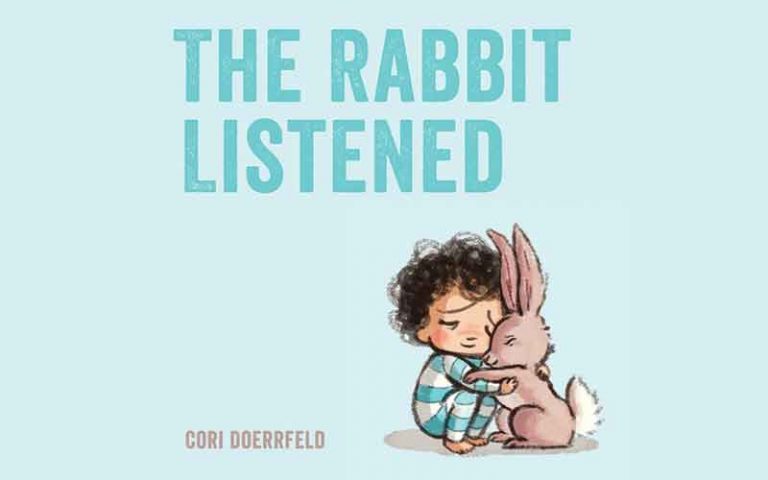TAKE-HOME STRATEGY
Supporting Emotions at Home

What It's About
Strong emotions are a normal part of life. For young children, strong emotions can be confusing and scary, leading to tantrums, hitting, or yelling.
You can support your child to begin to manage strong emotions by helping them feel connected, comforted, and safe to express and recover from strong emotions. You can also teach them calm-down strategies, which will help children learn how to begin handling big emotions as they get older.
Here are some ways you can support emotions at home by helping your child practice calming down before they get upset. Keep in mind that you can change these activities to work for you and your child, based on their current abilities, interests, and what you have available at home. Make sure to use safe materials and watch your child closely during these activities.
Take a look, and try out your favorites!
Puppets and Stories
Take Deep Breaths
Spend Time Outside
Read a Book
Cuddle Stuffed Animals
Listen to Music
Quick Cues for Supporting Emotions
Some things you might do or say to help strengthen your child’s ability to manage emotions when they become upset
Accept Strong Emotions
Focus on labeling and accepting emotions. Let your child know that everyone feels strong emotions.
This can sound like:
“They had to leave. You’re sad. It’s okay, I am here for you.”
“It can be frustrating when someone doesn’t understand what you said.”
“I see you are feeling really angry right now. We all feel angry sometimes.”
Connect and Comfort
Provide comfort with concern through words and actions.
This can sound like:
“Can I help you with that?”
“I’m right here. Can I give you a hug?”
“I see you are breathing fast and heavy. I think you are feeling a lot of emotions right now. Let’s talk through them together.”
Use Calm-Down Strategies
Help your child use calm-down strategies you’ve practiced.
This can sound like:
“Let’s go relax on the carpet. It is quiet, soft, and cozy.”
“Do you want to shake the worries out with some silly music?”
“We need to calm your body. Can you take a deep breath like we practiced? Blow out the candle, let’s do it again.”
Our Book Recommendations for Supporting Behaviors
Engaging stories that support children’s behaviors

The Rabbit Listened
Written and illustrated by Cori Doerrfeld, this is a beautiful story about a boy who experiences strong emotions and finds comfort and acceptance from a friend.
Have fun with it:
During times with strong emotions, offer support and comfort based on what you know your child needs in the moment.

Sometimes I'm Bombaloo
Written by Rachel Vail and illustrated by Yumi Heo, this story follows Katie as she experiences a variety of emotions from happy to “bombaloo” (very angry/upset) to calm and ready to play again.
Have fun with it:
Prepare your child for big feelings by talking about them before they happen.
The Turtle Technique materials are created by and made available from the National Center for Pyramid Model Innovations (NCPMI). You can find these resources on their website at ChallengingBehavior.org.
More Strategies
We’re creating a library of resources like these so families can quickly and easily promote children’s development at home. Be sure to see all the strategies we have available!

